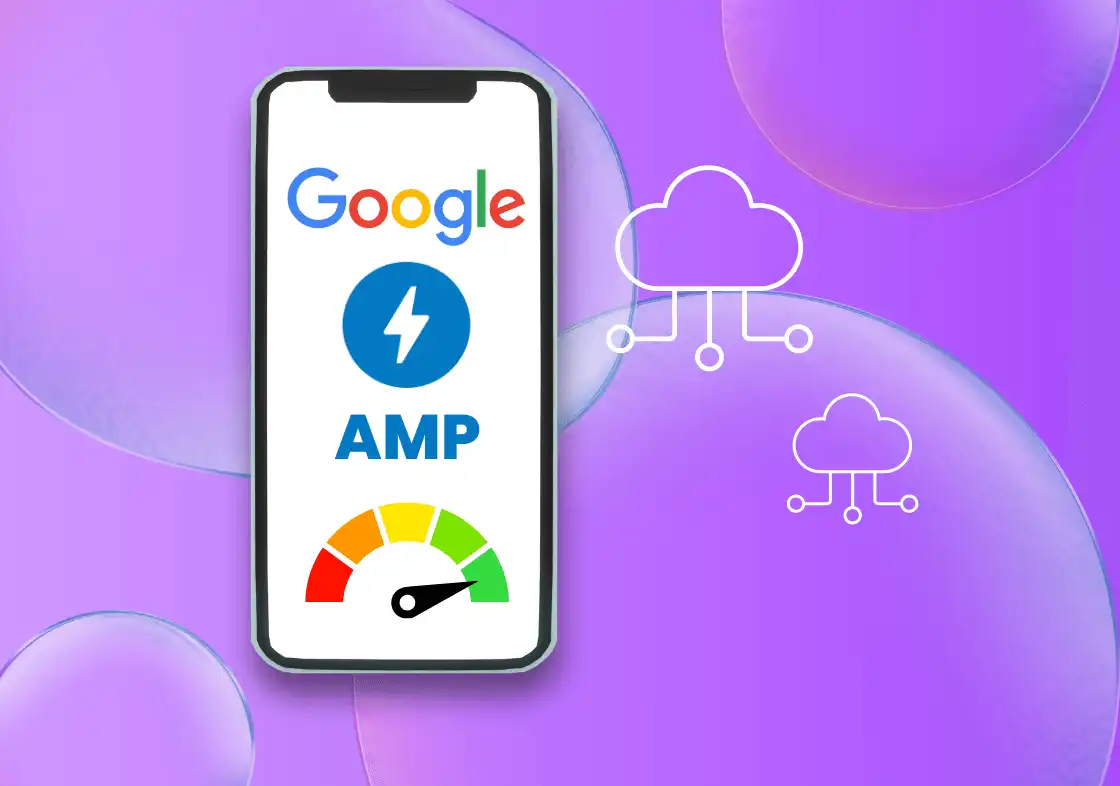PHP is one of the most widely used programming languages in web development. It has been around since 1995 and has gone through numerous iterations and updates to become one of the most powerful and flexible languages used in web development today. One of the key reasons for its popularity is the range of frameworks built on top of it. These frameworks are designed to make development faster and more efficient by providing pre-built components and structures that can be used to build web applications quickly and easily.
In this blog post, we will compare some of the most popular PHP frameworks, looking at their features, benefits, and drawbacks to help you decide which one is right for your project.
Laravel
Laravel is one of the most popular PHP frameworks currently available. It was released in 2011 and has since gained a massive following due to its ease of use, scalability, and powerful features. Laravel is built on top of the PHP programming language and utilizes the Model-View-Controller (MVC) architectural pattern. This means that it separates the code for the data, the logic, and the user interface into separate components, making it easier to maintain and scale.
One of the most significant benefits of Laravel is its elegant syntax, which is both readable and easy to learn. It also comes with a range of pre-built features, such as authentication, database migrations, and routing, making it easy to build complex applications quickly. Additionally, Laravel is well documented, with a large and active community of developers who contribute to its development and maintenance.
However, there are some drawbacks to using Laravel. It can be somewhat slower than other frameworks due to its large file size and the number of pre-built components it includes. Additionally, it can be more challenging to set up than other frameworks, particularly if you are new to web development.
Symfony
Symfony is another popular PHP framework that has been around since 2005. It is built on top of PHP and is based on the Model-View-Controller (MVC) architectural pattern. Like Laravel, it provides a range of pre-built components that can be used to build complex applications quickly and easily. These include components for database access, form creation, and security.
One of the main benefits of Symfony is its flexibility. It can be used for a range of applications, from simple web applications to large-scale enterprise applications. Additionally, it is highly customizable, allowing developers to create applications that meet their specific needs.
However, Symfony can be somewhat challenging to learn and use, particularly if you are new to web development. Additionally, it is somewhat slower than some of the other PHP frameworks available, which may make it less suitable for high-traffic applications.
CodeIgniter
CodeIgniter is a lightweight PHP framework that was first released in 2006. It is based on the Model-View-Controller (MVC) architectural pattern and provides a range of pre-built components, including form validation, database access, and email sending. One of the main benefits of CodeIgniter is its speed. It is incredibly lightweight and fast, making it ideal for applications where speed is critical.
Another benefit of CodeIgniter is its simplicity. It is designed to be easy to use and understand, even for developers who are new to web development. Additionally, it has a small footprint, which means it can be installed and set up quickly and easily.
However, CodeIgniter does have some drawbacks. It is not as feature-rich as some of the other PHP frameworks available, which may make it less suitable for larger applications. Additionally, it has a small and less active community of developers than some of the other frameworks available, which may make it more challenging to find help and support when needed.
CakePHP
CakePHP is a free, open-source, and rapid development framework for PHP web applications. It follows the Model-View-Controller (MVC) architectural pattern and provides a suite of tools and utilities to streamline the development process.
CakePHP includes features such as built-in CRUD (Create, Read, Update, Delete) operations, scaffolding, caching, validation, and authentication, among others. It also supports database abstraction through Object-Relational Mapping (ORM) techniques and comes with a built-in query builder to make it easier to interact with databases.
The framework emphasizes convention over configuration, meaning that developers can write less code by following a set of conventions that the framework provides. This makes it easier to build applications quickly and efficiently.
CakePHP is widely used and has a large and active community of developers who contribute to its ongoing development and support.
Yii
Yii is a high-performance, component-based PHP framework used for developing large-scale web applications. It follows the Model-View-Controller (MVC) architectural pattern and comes with a variety of tools and features to simplify and streamline the development process.
Yii provides a set of features such as caching, authentication, security, database abstraction, RESTful API development, and internationalization. It also has a robust extension library, allowing developers to easily add functionality to their applications.
The framework is designed to be highly customizable, allowing developers to tailor it to their specific needs. It has a strong emphasis on performance, with features such as lazy loading and optimized querying, which help to ensure that applications built with Yii are fast and efficient.
Yii has a large and active community of developers who contribute to its ongoing development and support, and it is widely used for building large-scale web applications.
Conclusion
In conclusion, PHP frameworks provide developers with a structured approach to building web applications, reducing the amount of time and effort required to develop complex applications from scratch. Frameworks such as Laravel, Symfony, CodeIgniter, Yii, and CakePHP provide features such as MVC architecture, database abstraction, routing, and templating, among others, which make it easier to develop scalable and maintainable applications.
PHP frameworks also come with built-in security features and practices that help developers write secure code and protect applications from common web application vulnerabilities such as SQL injection, cross-site scripting (XSS), and cross-site request forgery (CSRF).
However, the choice of a framework ultimately depends on the developer’s preferences and the requirements of the application being developed. Each framework has its strengths and weaknesses, and developers should choose the one that best fits their needs and development style.



